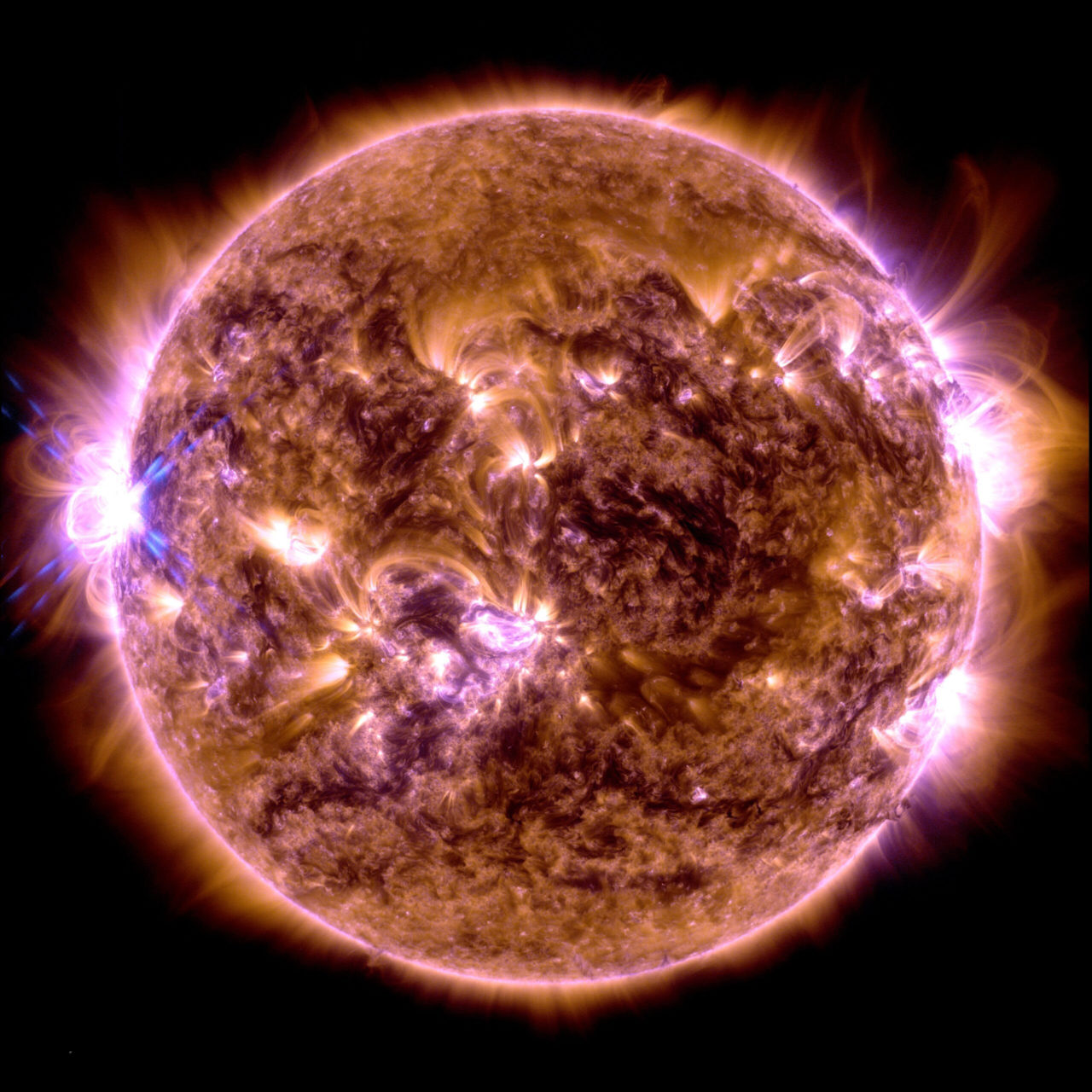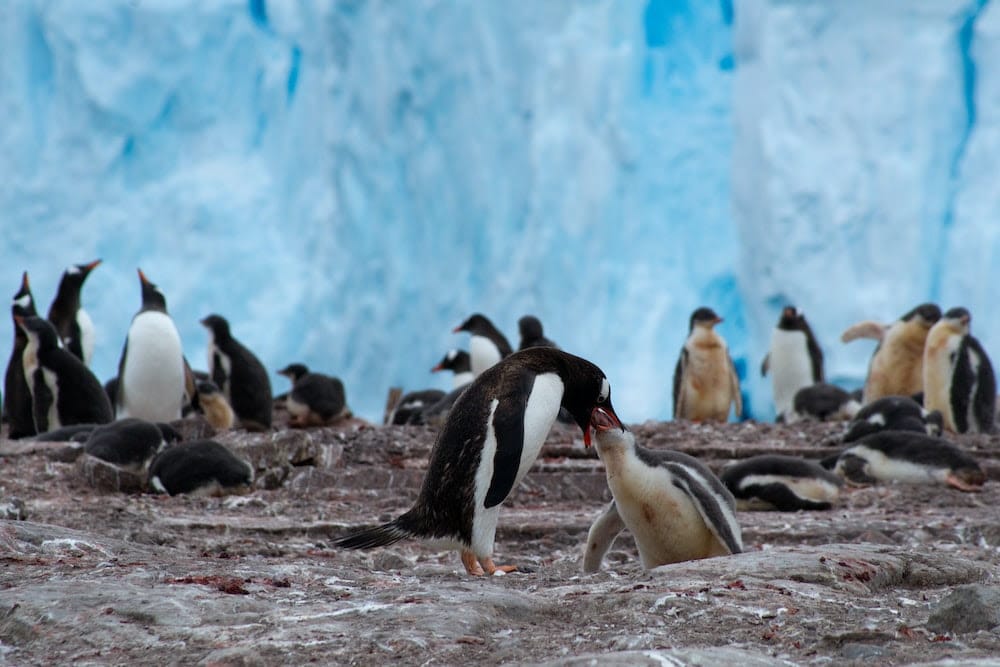A new study estimates that by the end of the century, without any change in greenhouse gas emissions, half of the Earth will experience intense climate change, with severe consequences for biodiversity and the human species. Climatologists agree that, if global warming continues at the same pace, tipping points will be reached in the coming years, corresponding to thresholds beyond which changes are irreversible, and that this mechanism will profoundly alter the Earth’s ecology and functioning.
According to a study by George Mason University in Fairfax, Virginia, published on the Earth’s Future website of the AGU, the American Geophysical Union, between 38 and 40% of the Earth’s surface will have a different climate from the one it has today by 2100, and this percentage could exceed 48% in the worst-case scenario. The worst-case scenario was constructed with the Coupled Model Inter-comparison Project Phase 6 climate model, using current climate distribution data.

There are five main climates on Earth – tropical, temperate, dry, continental and polar – and they are derived from the classification of Köppen, a Russian botanist who defined these five typologies on the basis of precipitation, temperature and season.
According to the authors of the study, the two climates that will progress the most over the next few years are the dry climate, whose surface area will increase from 31 to 34% of the planet, and the tropical climate, which will increase from 23 to 25%.
By 2100, Europe and North America will be the regions most affected by these changes, with 71% to 89% of Europe expected to experience a different climate, and 51% to 66% of North America. Regions such as Africa will also be affected by global warming, though without experiencing radical climate change. Instead, these regions will see an increase in the number of extreme weather events.
According to the study, the polar regions, which already represent only 6.5% of the Earth’s surface, could disappear completely, whereas they occupied 8% of the planet between 1901 and 1930. Faced with the consequences of the modification of the Earth’s climatic landscape, agriculture in particular will have to be able to adapt, and the distribution of diseases will also be modified, particularly those linked to contamination by mosquitoes. Scientists estimate that since the beginning of the 20th century, more than 14% of the Earth’s surface has already changed climate, particularly in Europe, North America and Oceania.




